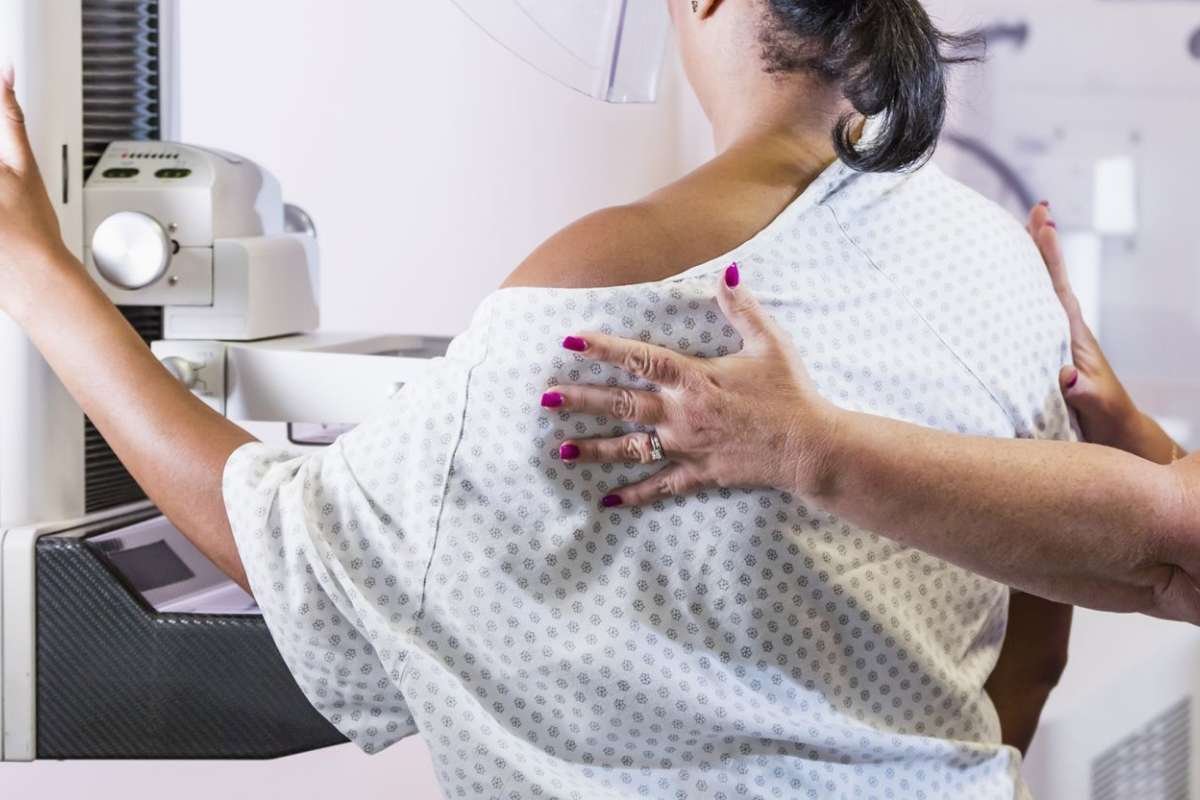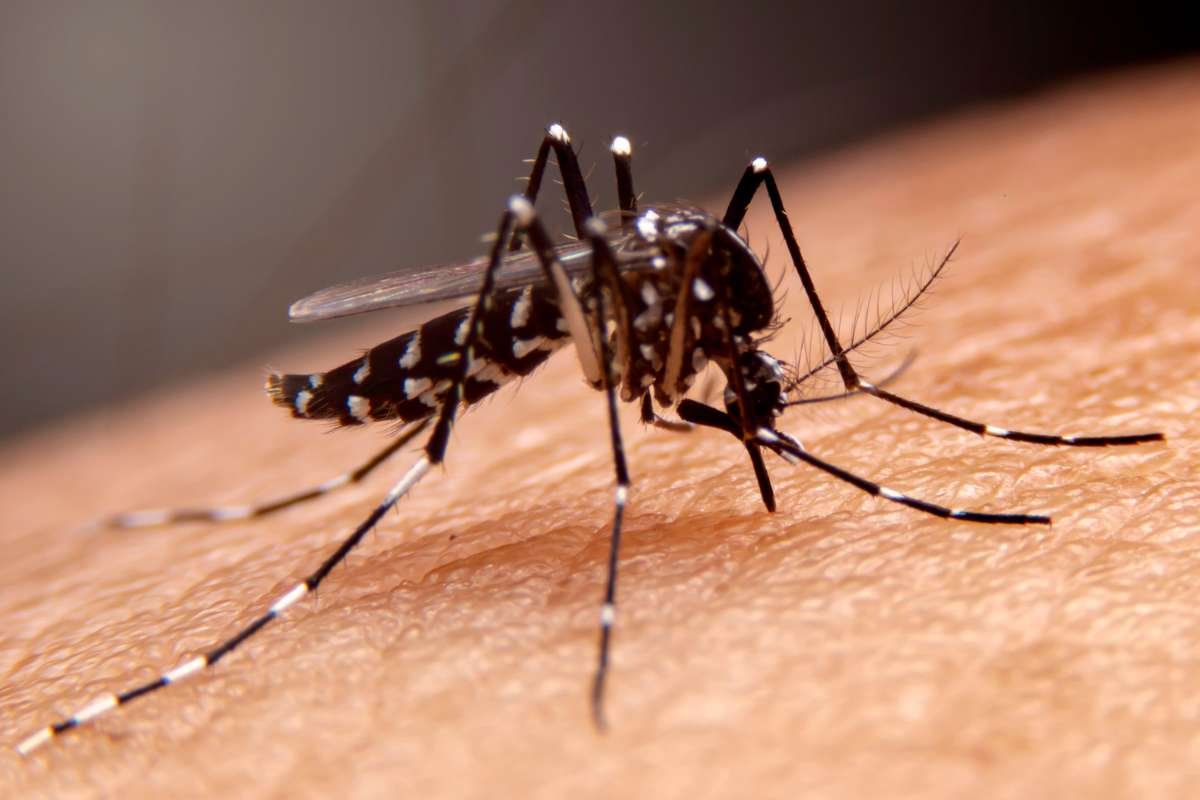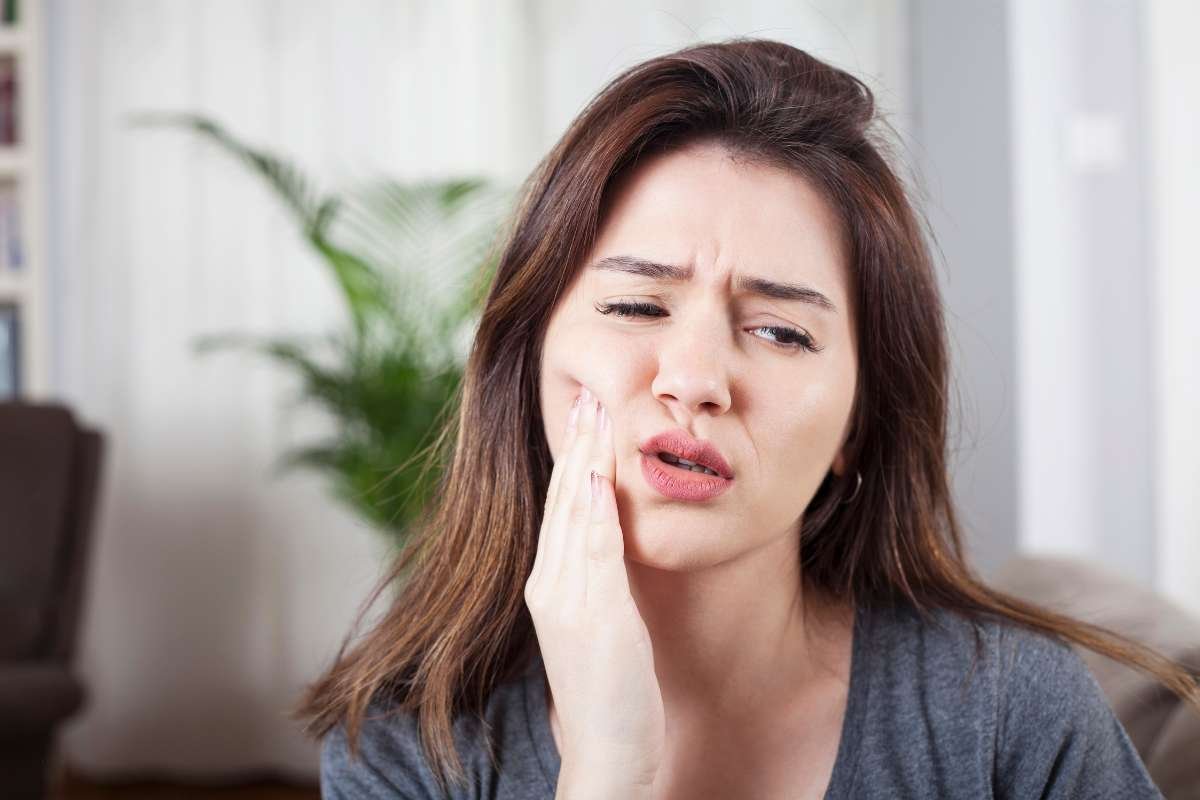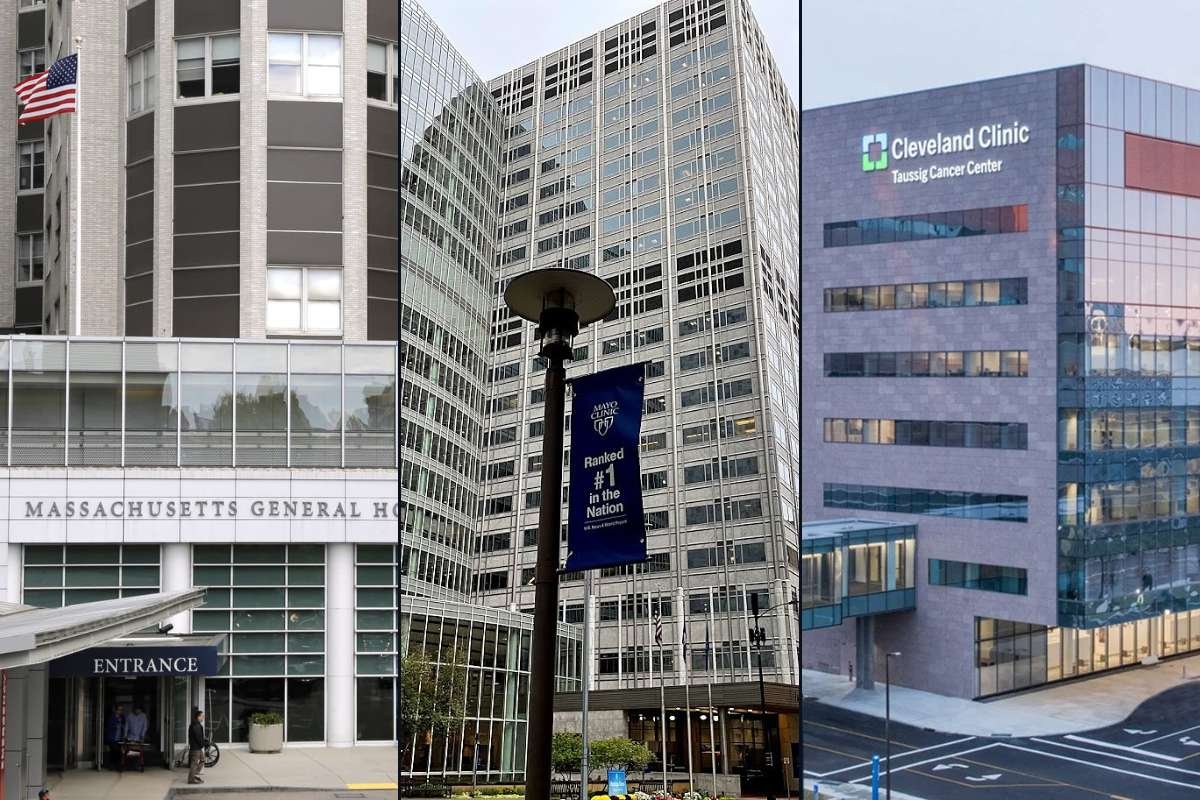Alarming Trend in Younger Women
Breast cancer is increasingly being diagnosed in women under 50, according to new data from the American Cancer Society (ACS). The 2025 Cancer Facts and Figures report reveals that younger women are nearly twice as likely as men of the same age to face a cancer diagnosis, with breast cancer being the primary contributor. Although the median age for breast cancer diagnosis remains 62, the rising Breast Cancer incidence in women under 40 has sparked concern among medical professionals and advocates.
Alison Irvine, a 41-year-old mother of two from Apex, shared her experience as part of this concerning trend. At 37, she noticed a small lump in her breast, which grew significantly over time. “It kind of scared the dickens out of me,” said Irvine, who had no family history of breast cancer. Her eventual diagnosis led to a rigorous treatment plan involving surgery, chemotherapy, and radiation. Now in remission, Irvine emphasizes the importance of early detection and regular screenings. “Pay attention to even the smallest bodily changes,” she advises.
The Push for Early Detection and Access to Care
The growing number of younger women diagnosed with breast cancer has renewed discussions about the appropriate age for mammograms. Currently, most guidelines recommend starting routine mammograms at age 40. However, recent cases, including actress Olivia Munn’s diagnosis at 43, have fueled calls for earlier screenings.
Advocates like Irvine highlight the critical role of early detection in reducing mortality rates. According to the Breast Cancer Research Foundation (BCRF), the five-year survival rate for breast cancer detected early is 99%. However, racial disparities and access to care remain significant barriers. Black women are 40% more likely to die from breast cancer than white women, partly due to higher rates of aggressive triple-negative breast cancer, which is harder to treat. Hispanic women also face rising breast cancer incidence rates, with the disease accounting for 15% of cancer deaths in this demographic.
Improving access to screenings and care is essential, Irvine stresses. “How do we get access to more populations throughout this area?” she asks, underscoring the importance of reaching underserved communities to address these disparities effectively.
Recognizing the Signs and Acting Early
Experts urge women to be vigilant about potential signs of breast cancer, which include lumps, breast pain, thickening or swelling, skin changes, nipple retraction or discharge, and swelling of the armpit. Addressing these symptoms promptly with a healthcare provider can significantly improve outcomes.
As the incidence of rising breast cancer among younger women continues to rise, the need for awareness and early detection becomes more urgent. Advocates like Irvine hope their stories will inspire others to take proactive measures, emphasizing that early action can save lives.
With breast cancer now the leading cause of cancer deaths among U.S. women aged 20-49, the message is clear: early detection and equitable access to care must be a top priority in the fight against this disease.







